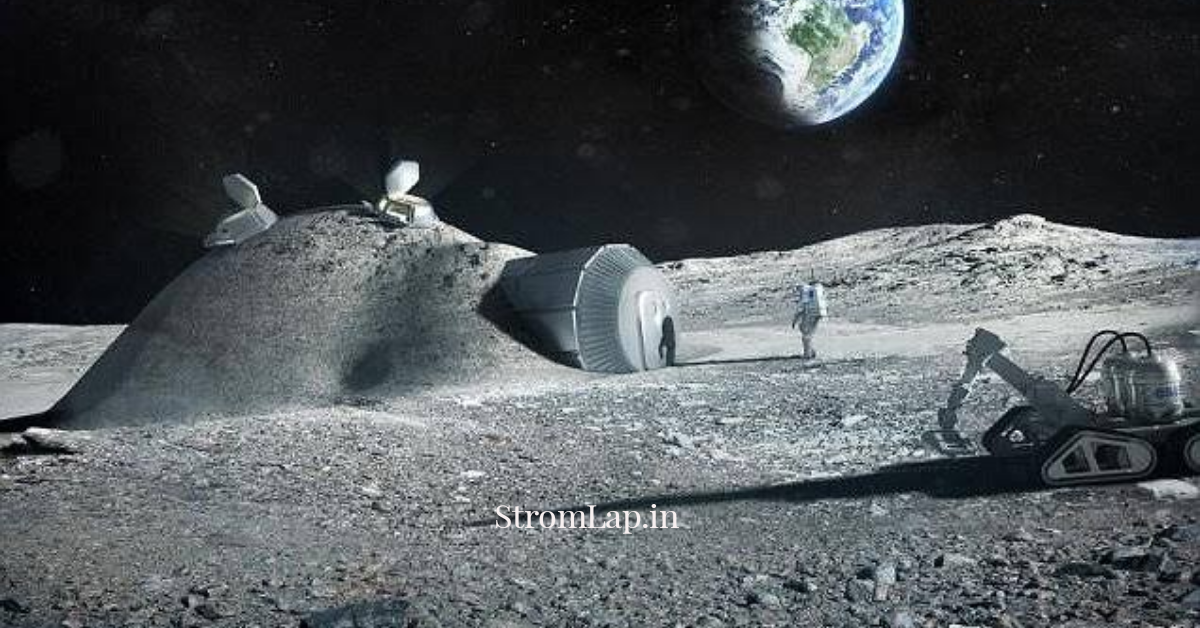Landing a vehicle on the lunar surface is one of the most challenging aspects of a lunar mission. In order to successfully descend to the surface, the vehicle must navigate through the Moon’s gravity, atmosphere, and terrain, while avoiding obstacles and hazards. Over the years, different space agencies have developed various types of vehicles for landing on the Moon. In this article, we will take a closer look at the vehicles used in lunar missions, their design and features, and their capabilities.
Lunar Module (LM): The Lunar Module, also known as the LEM (Lunar Excursion Module), was developed by NASA for the Apollo program. It was designed to carry two astronauts to the lunar surface and back to the Command Module in lunar orbit. The LM was a two-stage spacecraft, consisting of a descent stage and an ascent stage. The descent stage provided the propulsion and guidance needed to land on the Moon, while the ascent stage was used to lift off from the lunar surface and return to the Command Module. The LM had a weight of 15,200 pounds and was equipped with a descent engine, landing gear, and various scientific instruments.
Lunar Roving Vehicle (LRV): The Lunar Roving Vehicle, also known as the Moon Buggy, was developed by NASA for the Apollo program. It was designed to transport astronauts and equipment across the lunar surface during the Apollo 15, 16, and 17 missions. The LRV was a battery-powered vehicle that could carry two astronauts and a payload of up to 1,080 pounds. It had a top speed of about 8 miles per hour and could travel up to 57 miles on a single battery charge. The LRV was equipped with a TV camera, a radio transmitter, and various scientific instruments.

Lunar Crater Observation and Sensing Satellite (LCROSS): The Lunar Crater Observation and Sensing Satellite was a mission launched by NASA in 2009. It consisted of a Centaur rocket stage and a Shepherding Spacecraft. The Centaur rocket stage was used to impact the lunar surface at a high velocity, creating a debris plume that was observed by the Shepherding Spacecraft. The spacecraft carried various scientific instruments, including cameras, spectrometers, and a radiometer, to analyze the composition of the debris plume and search for water ice.
Chandrayaan-2 Lander: The Chandrayaan-2 Lander, also known as Vikram, was developed by the Indian Space Research Organization (ISRO) for the Chandrayaan-2 mission. It was designed to land on the Moon’s south polar region and carry out various scientific experiments. The lander had a weight of 1,471 pounds and was equipped with a descent engine, landing gear, and scientific instruments. Unfortunately, the lander lost contact with the ground station during the descent phase and crash-landed on the lunar surface.
Blue Moon Lander: The Blue Moon Lander is a lunar lander being developed by Blue Origin, a private space company founded by Amazon CEO Jeff Bezos. The lander is designed to carry payloads and humans to the lunar surface. It has a weight of 33,000 pounds and can carry up to 10,000 pounds of payload. The lander is equipped with a descent engine, landing gear, and a cargo deck. Blue Origin plans to use the Blue Moon Lander for its own lunar missions and to support NASA’s Artemis program.
Conclusion: The vehicles used in lunar missions have evolved over time, from the simple Lunar Module used in the Apollo program to the advanced Blue Moon Lander being developed by private companies today.